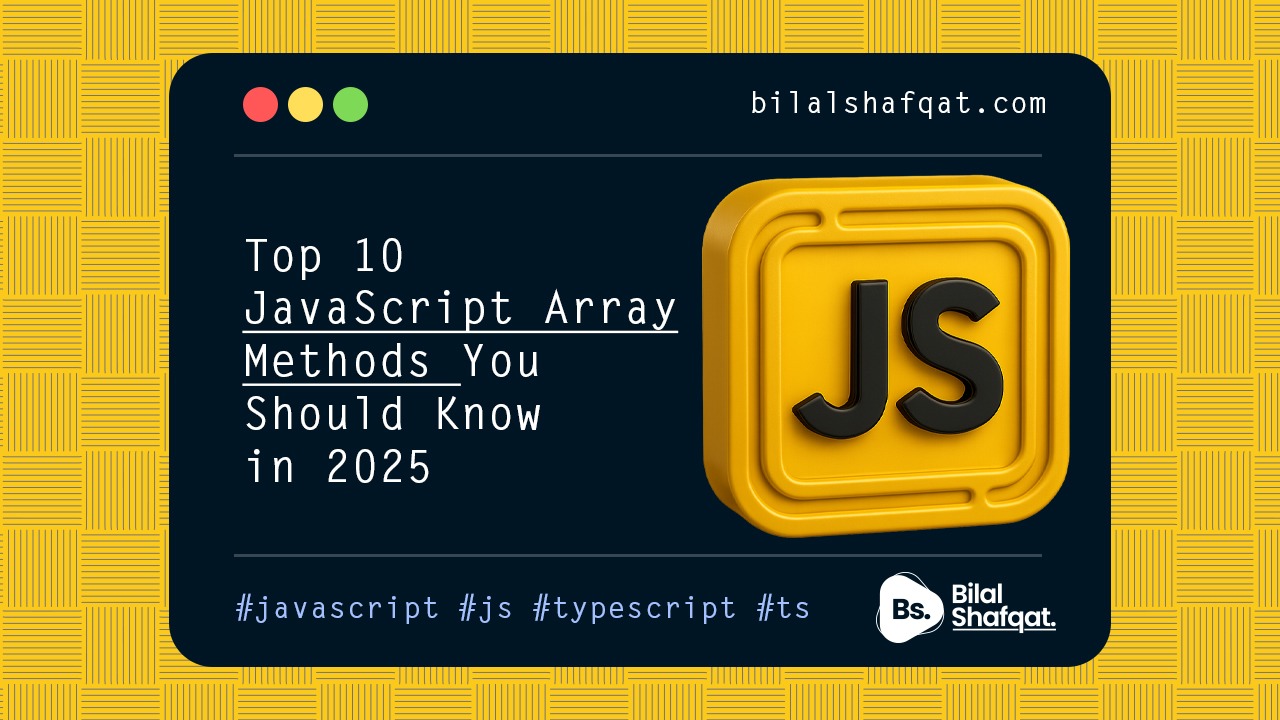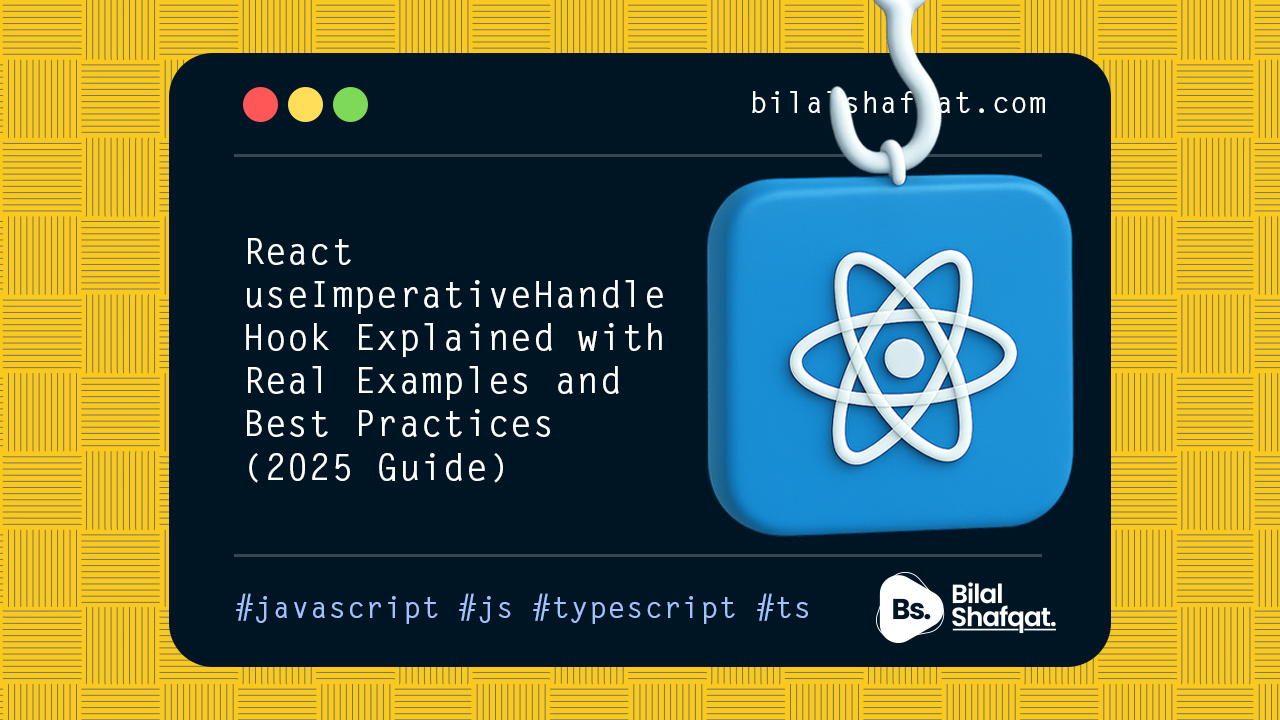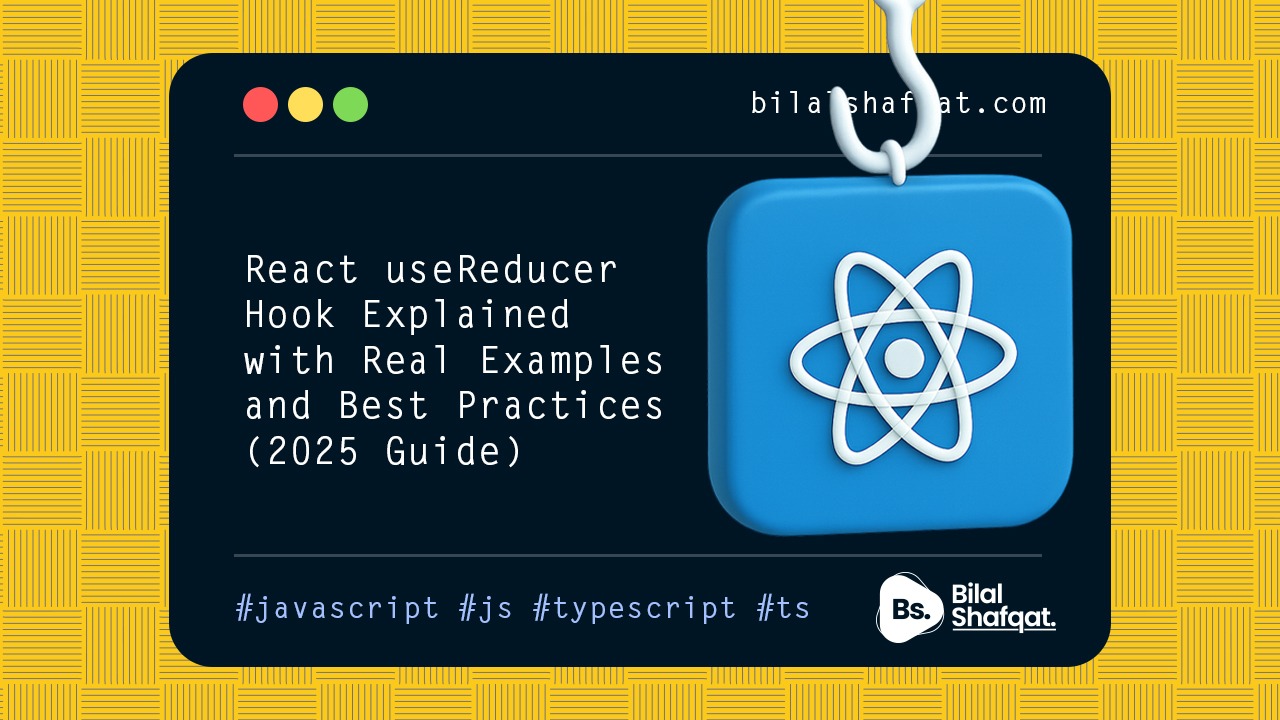
Top 10 JavaScript Array Methods You Should Know in 2025
- bilalshafqat42
- June 17, 2025
- Javascript, Es6
- 0 Comments
Introduction: Why JavaScript Array Methods Matter
JavaScript arrays are at the heart of frontend and backend logic — powering everything from list rendering to data transformation. Whether you’re filtering user input, displaying product cards, or aggregating API responses, you’re likely working with arrays.
That’s why mastering built-in array methods is one of the quickest ways to write cleaner, faster, and more modern JavaScript. These methods help you avoid verbose for-loops, eliminate bugs, and make your code more readable and functional.
In this guide, you’ll learn the top 10 JavaScript array methods every developer should know in 2025 — with code examples, real-world use cases, and pro tips to boost your development workflow.
1. forEach() – Loop Through Items
The forEach() method executes a provided function once for each array element.
Use When:
- You want to perform side effects (like logging or DOM updates)
- You’re not transforming or filtering the array
🔧 Example:
const items = ['apple', 'banana', 'mango'];
items.forEach(item => {
console.log(item);
});
Note: It doesn’t return a new array or value — use it only when you don’t need the result.
2. map() – Transform Every Item
map() creates a new array by applying a function to every item in the original array.
Use When:
- You need to transform data into a new structure
🔧 Example:
const numbers = [1, 2, 3];
const doubled = numbers.map(num => num * 2); // [2, 4, 6]
Pro Tip: Use map() in UI rendering (e.g., mapping an array of users to <li> elements in React).
3. filter() – Extract What You Need
filter() returns a new array containing only the items that meet a specific condition.
Use When:
- You need to remove or keep specific elements from an array
🔧 Example:
const numbers = [1, 2, 3, 4, 5];
const even = numbers.filter(num => num % 2 === 0); // [2, 4]
💡 Use Case:
Filter products by category, users by status, or data by permissions.
4. reduce() – Aggregate to a Single Value
reduce() applies a function to accumulate array values into a single result — like a sum, object, or string.
Use When:
- You want to combine all values into one
Example:
const prices = [10, 20, 30];
const total = prices.reduce((acc, curr) => acc + curr, 0); // 60
Bonus: Can return any type — object, string, array — depending on your reducer function.
5. find() – Get the First Match
find() returns the first element that satisfies a condition. It stops as soon as it finds a match.
Example:
const users = [{ id: 1 }, { id: 2 }];
const found = users.find(user => user.id === 2); // { id: 2 }
6. findIndex() – Get the Index of First Match
Like find(), but returns the index instead of the element itself.
Example:
const items = ['a', 'b', 'c'];
const index = items.findIndex(i => i === 'b'); // 1
Use When:
- You want to modify or delete an item at a known index
7. includes() – Check If a Value Exists
includes() checks if a value is present in the array.
🔧 Example:
const tags = ['react', 'vue', 'angular'];
tags.includes('react'); // true
Use When:
- You need to confirm membership in a list
8. some() – Check If Any Item Passes
Returns true if at least one item satisfies the condition.
🔧 Example:
const orders = [{ paid: true }, { paid: false }];
const hasUnpaid = orders.some(order => !order.paid); // true
9. every() – Check If All Items Pass
Opposite of some(). Returns true only if all items meet the condition.
Example:
const scores = [90, 85, 88];
const allPassed = scores.every(score => score > 80); // true
10. sort() – Sort Array Items
sort() rearranges the elements of an array in-place based on a compare function.
Example:
const nums = [3, 1, 2];
nums.sort((a, b) => a - b); // [1, 2, 3]
Caution: It mutates the original array — use .slice() first if you want to keep the original intact.
Bonus Methods to Explore
flat()– Flattens nested arraysfill()– Fills an array with static valuessplice()– Adds/removes elements (mutates)at()– Retrieves the element at a specific index (supports negative indexing)
Real-World Use Cases
| Use Case | Recommended Method |
|---|---|
| Render UI list from data | map() |
| Filter users by role | filter() |
| Get total cart value | reduce() |
| Find a user by ID | find() |
| Check if an item exists | includes() |
| Sort leaderboard scores | sort() |
Summary: Master the Array, Master JavaScript
Here’s a quick recap of your top 10 array methods:
forEach()— loop with side effectsmap()— transform and return new arrayfilter()— select matching itemsreduce()— merge into one resultfind()— return first matchfindIndex()— return index of matchincludes()— check presencesome()— at least one matchesevery()— all must matchsort()— rearrange values
These are the building blocks of modern JavaScript, especially in libraries like React, Vue, and Node.js. Mastering these makes you a faster, smarter, and more readable developer.




